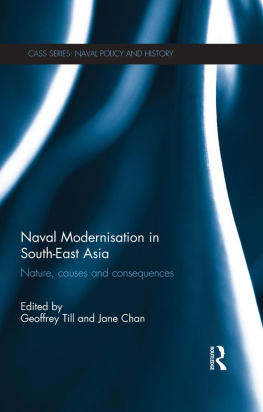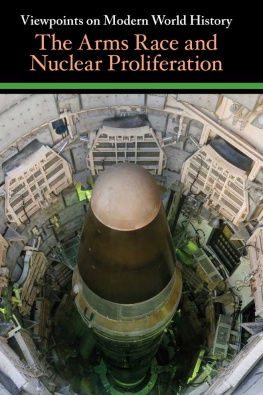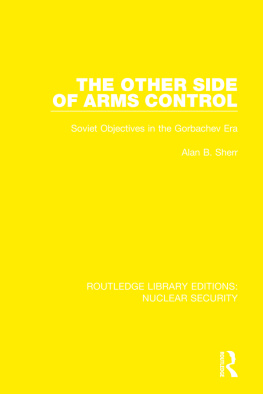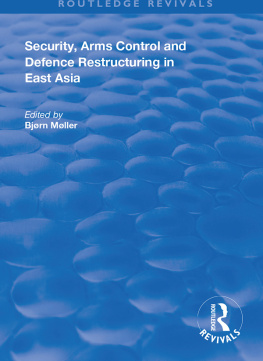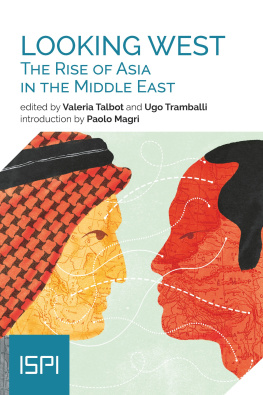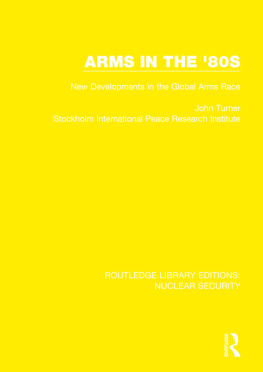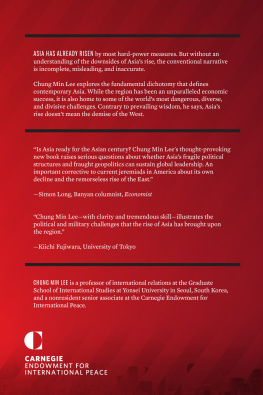Andrew T.H. Tan - The Arms Race in Asia: Trends, causes and implications
Here you can read online Andrew T.H. Tan - The Arms Race in Asia: Trends, causes and implications full text of the book (entire story) in english for free. Download pdf and epub, get meaning, cover and reviews about this ebook. year: 2013, publisher: Routledge, genre: Politics. Description of the work, (preface) as well as reviews are available. Best literature library LitArk.com created for fans of good reading and offers a wide selection of genres:
Romance novel
Science fiction
Adventure
Detective
Science
History
Home and family
Prose
Art
Politics
Computer
Non-fiction
Religion
Business
Children
Humor
Choose a favorite category and find really read worthwhile books. Enjoy immersion in the world of imagination, feel the emotions of the characters or learn something new for yourself, make an fascinating discovery.
- Book:The Arms Race in Asia: Trends, causes and implications
- Author:
- Publisher:Routledge
- Genre:
- Year:2013
- Rating:5 / 5
- Favourites:Add to favourites
- Your mark:
The Arms Race in Asia: Trends, causes and implications: summary, description and annotation
We offer to read an annotation, description, summary or preface (depends on what the author of the book "The Arms Race in Asia: Trends, causes and implications" wrote himself). If you haven't found the necessary information about the book — write in the comments, we will try to find it.
This book is the first systematic examination of the emerging arms race in Asia.
The global trade in arms is to a large degree underpinned by the strong demand for arms in Asia and the Middle East, the two largest arms export markets in the world. Of these two regions Asia has become particularly significant, led by the emergence of China and India as major powers. It is therefore not surprising that the rapid military modernisation in Asia, accompanied by significant increases in the size and sophistication of armed forces, has generated attention as to its trends, key characteristics, causes and implications. This phenomenon, which has become evident since the end of the Cold War, has also been widely described as an Asian arms race.
This book evaluates the key conceptual ideas which can shed light on this phenomenon, as well as examining the complex mix of internal, external and technological factors that have led to its emergence. The volume explores the way in which the arms race is leading ultimately to three distinctive blocs in the emerging geostrategic landscape: a loose bloc of US allies in the region; a counter-bloc of potential US adversaries; and a neutral bloc of states with industrial age armed forces whose allegiances will vary according to circumstances and geostrategic developments. The Arms Race in Asia concludes that if the emerging arms race is left unchecked, it is likely that Asia will increasingly become a region of instability, marked by conflicts and interstate wars.
The book will be of great interest to students of Asian politics, strategic studies, defence studies, security studies and IR in general.
Andrew T.H. Tan: author's other books
Who wrote The Arms Race in Asia: Trends, causes and implications? Find out the surname, the name of the author of the book and a list of all author's works by series.



